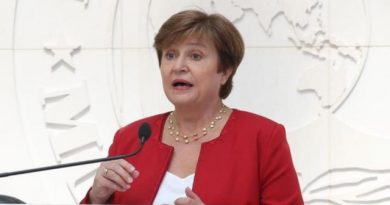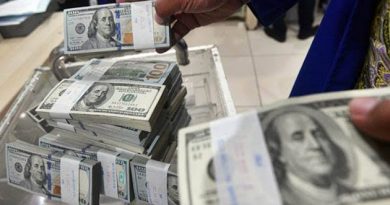Warm Weather and Royal Wedding Help UK Return to GDP Growth

The start of the summer heatwave has helped the British economy recover ground after grinding to a halt earlier this year, despite a severe downturn for the manufacturing industry in the three months to May.
Presenting its first estimates for gross domestic product (GDP) on a monthly basis, the Office for National Statistics said warmer weather and the royal wedding in May helped Britain bounce back from zero growth in March, when the “beast from the east” caused the UK economy to flatline.
GDP increased by 0.3% in May, up from 0.2% in April, as shoppers returned to the high street and activity among computer programming companies and law firms increased.
Overall, the ONS said average growth for the three months to the end of May was 0.2%, meeting economists’ expectations.
The National Institute of Economic and Social Research said the recovery could continue over the coming months, with a forecast for growth reaching 0.4% in the three months to June as Britain moves on from the worst of the bad weather.
While the recovery for the services industry helped improve the growth picture in May, which could encourage the Bank of England to raise interest rates from as early as next month, there was worse news for the manufacturing sector.
Factory output contracted by 1.2% in the three months to May, denting hopes that the UK can move its economy away from consumer-led growth towards higher-value manufacturing and export-oriented activities after leaving the European Union.
Output over the three months to May dropped by 1.2%, which the ONS said was the worst period for British manufacturers since December 2012.
The UK’s production industries – which include quarrying, energy and utility firms as well as manufacturing – contracted in every month examined by the ONS. Factory output contributed -0.12 percentage points to GDP over the three months to May, owing in part to weaker exports.
Growth in the production of exported goods fell behind domestic manufacturing for the first time since 2015, bringing to an end a mini-boom for factories when the weak pound immediately after the EU referendum made UK goods more competitive on the international market.
Britain’s trade deficit – the gap between what the country imports and sells overseas – widened by £5bn in the three months to May. The UK imported 55% of all goods from the EU and exported 51% to countries outside the bloc in the year to the end of May.
The figures will prove worrying amid the uncertainty facing business over Brexit, as Theresa May clings to power after Boris Johnson and David Davis quit over her plans for leaving the EU.
The ONS data also showed the construction sector entered into a period of contraction in March, then zero growth in April before recovering strongly with growth of 2.9% in May.
Suren Thiru, the head of economics at the British Chambers of Commerce, said political instability and uncertainty over Brexit would continue to weigh on growth in the near term.
“While we still expect UK growth to have picked up in the second quarter as a whole, there remains little sign of a prolonged upswing in the UK’s growth trajectory,” he said.
courtesy : theguardian.com
photo : Relocate magazine
[social_warfare buttons = “Facebook, Pinterest, LinkedIn, Twitter, Total”]



